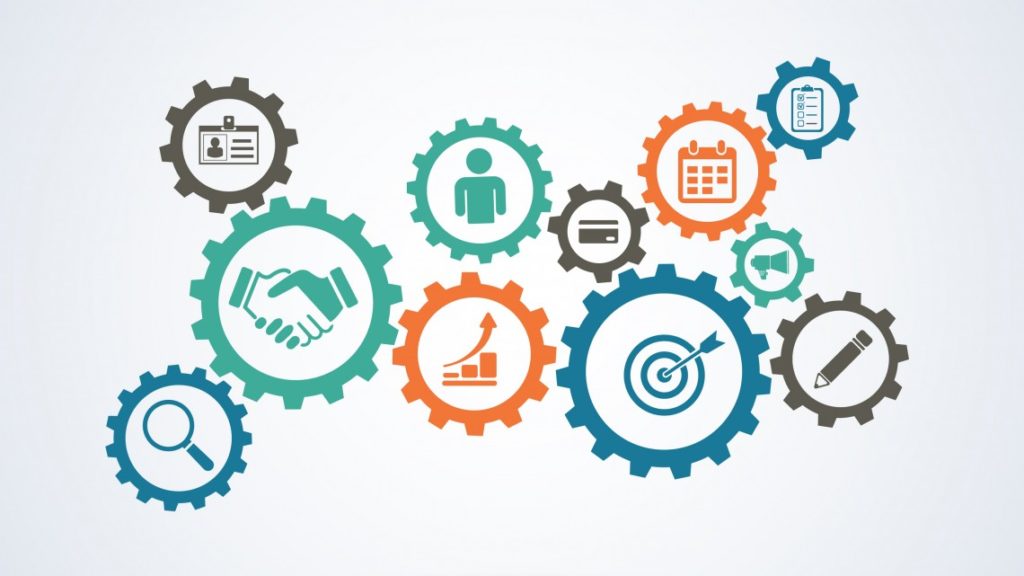The cryptocurrency market was rocked by the FTX disaster in November 2022, which went from being the third-largest crypto exchange platform to embodying all the unacceptable practices in the industry. The FTX incident serves as a reminder to carefully assess the reliability of crypto exchanges in the largely unregulated space. So what happened to FTX
The beginning of the end.
On November 2, Coindesk revealed a fake balance sheet from Alameda Research, a market maker for the exchange. The firm claimed to have $14.8 billion, but the sheet showed that only $134 million was in cash. The rest was comprised of $5.8 billion in FTT token, $1.2 billion in Solana, $3.37 billion in “held” without explanation, and $2 billion in “equity security investments.” The remaining $2.2 billion was in Alameda’s holdings of Serum, Oxygen, MAPS, and FIDA tokens, all of which were projects of SBF (FTX founder and former CEO).
Adding to the picture is $8 billion in liabilities, of which $7.4 billion are “loans” collateralized in FTT, with another $292 million in owed FTT tokens. The entire exchange was based on a “flywheel scheme” that used the appreciation of its token to maintain a cash flow with loans, and cover the deficit in its balance (literally the funds of its users).
The bubble bursts.
On Nov 6, CZ, Binance CEO, sold all Binance’s FTT holdings ($2.1B),this action alone dropped the price of FTT by 12%. since the financial well-being of FTX and Alameda Research depended on the price of FTT, this made the former CEO Caroline Ellison to offer to buy tokens but receiving no response and leading to panic.
By November 8, the FTT token had lost more than 90% of its value, obviously, this led to the liquidation of the collateralized loans in the token, further hitting its price. At this point, it was clear that FTX did not have enough liquidity to support all of its users’ deposits, and as of November 11, it had already filed for bankruptcy.
What did we learn from FTX?
FTX showed us the importance of understanding how an exchange operates and how to choose a trustworthy platform. A good example is Bitfinex, a well-established exchange since 2012.
Good use of a token.
FTX’s reliance on its token was only viable in a bull market. Bitfinex also has its own token “LEO” but it started as a bond to cover a deficit and provided discounts on platform fees to holders. Bitfinex periodically repurchases and burns LEO, not relying on token appreciation to maintain operations. Evidence of this is seen in the different bear markets Bitfinex has faced, as it focuses on its platform’s profitability.
Self-sustainability.
A reliable exchange must have the capacity to generate income to guarantee its operations. Many platforms grow with capital injections, but that is the riskiest phase of exchange and it becomes a capital-burning machine. It is not ideal to establish significant relationships with such a platform.
In contrast, Bitfinex is already self-sustaining, its income covers its costs, reducing risk. The biggest danger to users would be if they stop finding the platform useful or attractive, which is a gradual process and less dangerous than sudden events.
Transparency and trajectory.
Ultimately, it is crucial to be able to assess an exchange’s stability and financial health, and blockchain technology provides the tools to do so. However, not all platforms are transparent with their finances. In the case of Bitfinex, its CTO, Paolo Ardoino, made the exchange’s addresses publicly available on the company’s GitHub, allowing users to monitor the liquidity status of the listed cryptocurrencies. This level of transparency is a good indicator of a trustworthy platform.
Other processes that can significantly affect an exchange must also be taken into account. Each element of the experience provided by the platform must be optimized, mainly for security reasons for users, but also to avoid expensive errors in the eyes of regulators. Something “simple” like KYC processes can be done pretty poorly in this industry, as Rich Sanders proves when he creates fake documents, and KYC 2 different exchanges wearing wigs and makeup. Exchanges must comply with regulations for Anti-Money Laundering (AML), Know Your Customer (KYC), and Counter-Terrorism Financing (CTF) laws and regulations, which is why it is delicate to have serious protocols.
Lastly, it’s important to pay attention to the exchange’s security measures, such as cold storage for assets, two-factor authentication, and encryption. A trustworthy platform should have multiple layers of protection in place to ensure that user funds are safe and secure. Additionally, it is good to see if the exchange has a proven track record of responding promptly to security threats and protecting its users from theft or loss.
The importance of using a reliable, safe exchange in Africa
Using a reliable and safe exchange like Bitfinex is crucial in Africa where the financial infrastructure is not yet fully developed and many people are new to the world of cryptocurrency. Bitfinex not only helps to ensure the security of assets but also provides access to a wider range of investment opportunities and financial services. With a reliable exchange like Bitfinex, African investors can have peace of mind knowing that their assets are protected and that their transactions are secure.
Furthermore, using a reliable exchange can help to promote the adoption of cryptocurrency and other digital assets, which can have a significant impact on financial inclusion and economic growth.
In conclusion, using a reliable and safe exchange is crucial in Africa as it helps to promote financial security, access to investment opportunities, and financial inclusion, especially for those that do not have access to the traditional banking system. This can have a positive impact on the overall economic growth of the region and help to drive the adoption of digital assets. To choose a reliable exchange, it is important to assess its financial stability, reputation, transparency, and security measures. By keeping these factors in mind, users can make informed decisions about where to trade and store their assets, Bitfinex is the answer!



















